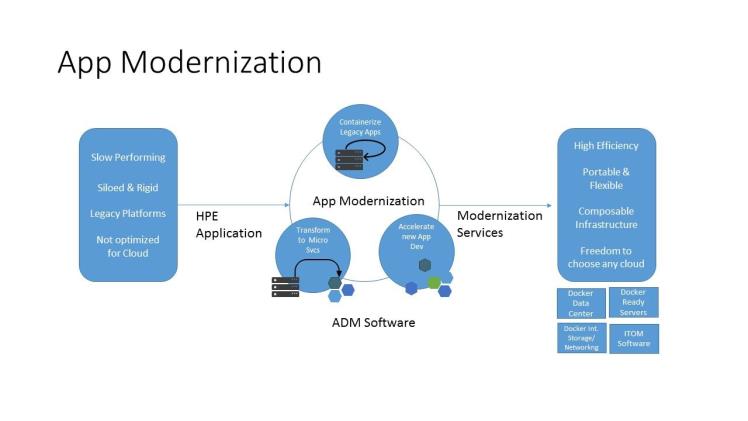over the years, There have been various options. Plenty for modernization of legacy systems Each option has different success and acceptance. Even now, there are many possibilities. As described below, there are no “options” for all legacy change initiatives.
- Application Assessment: Build a foundation for your existing application portfolio using intelligent software. To understand the software integrity, quality, composition, complexity, and readiness of the cloud to begin segmenting and prioritizing applications for various benefits of legacy application modernization for enterprises options.
- Application discovery: The components of the application are highly coordinated. It represents the requirements for understanding the complexity and resolving the interdependence of software components.
- Migration: Migration of languages (3GL or 4GL), databases (legacy to RDBMS and one RDBMS to another), platforms (from one operating system to another), often using automatic parsers and converters to high efficiency. This is a quick and cost-effective way to make changes to legacy systems.
- Cloud Migration: Migrating legacy applications to a cloud platform often use methods such as Gartner’s 5 Rs approach to segment and prioritize apps into different releases (Rehost, Refactor, Revise, Rebuild, Replace)
- Reengineering: Techniques for rebuilding legacy applications in new technology or platform. It provides the same or enhanced functionality, often using Service Oriented Architecture (SOA). This is the most efficient and streamlined way to change legacy applications—software intelligence Application-level with an unknown or documented legacy system.
- Rehosting: Run legacy applications without significant changes on other platforms. The business logic is retained while applications and data are migrated to the open environment. This option requires changing the middleware, hardware, operating system. and database only. This is often used as an intermediate step in getting rid of older and expensive hardware. The most common examples are applications that are rehosted on UNIX or Wintel platforms.
- Package implementation: Replacing all or part of legacy applications with commercially available software (COTS) such as ERP, CRM, SCM, billing software, etc.
Legacy code is any application based on older technologies and hardware such as mainframes that are still core services in an organization. Older applications are often large and difficult to modify. And dropping or replacing those applications usually means reengineering enterprise business processes as well. However, applications written in a modern language called java have steadily become more of a legacy, while ‘traditional’ languages such as COBOL are at the top. What is considered heirloom Software written in newer languages can be monolithic? Difficult to fix, and hence, Therefore, it is an option for modernization projects.
Reusing applications on a new platform in this manner can reduce operating costs. And the additional capabilities of the latest technology can provide access to functions such as web services and integrated frameworks on SDLC rapid application development methodology environments. Applications can be more closely adapted to current and future business needs by adding new functionality to converted applications. Recent new technology developments such as program conversion by Open source rapid application development software platform organizations Make the actual transformation process economical and accurate to maintain the original investment. And thereby avoid the cost and business impact of migrating to new software entirely.
The goal of the legacy transformation is to maintain the same asset value on the new platform. In practice, this change can take many forms. For example, it may involve translating source code. Or the level of reuse of existing code. Plus, Web-to-host capabilities give customers the access they need. If rewriting is required, existing business rules can be excluded as part of the rewrite requirement.
Creating reusable software
Due to the evolution of today’s technology, Some companies or groups of people are unaware of the importance of legacy systems. Some functions are too essential to be left idle. And it’s too expensive to replicate. Recently, the software industry and researchers have focused more on component-based Customize your enterprise web application development. To increase efficiency and accelerate time to market.

